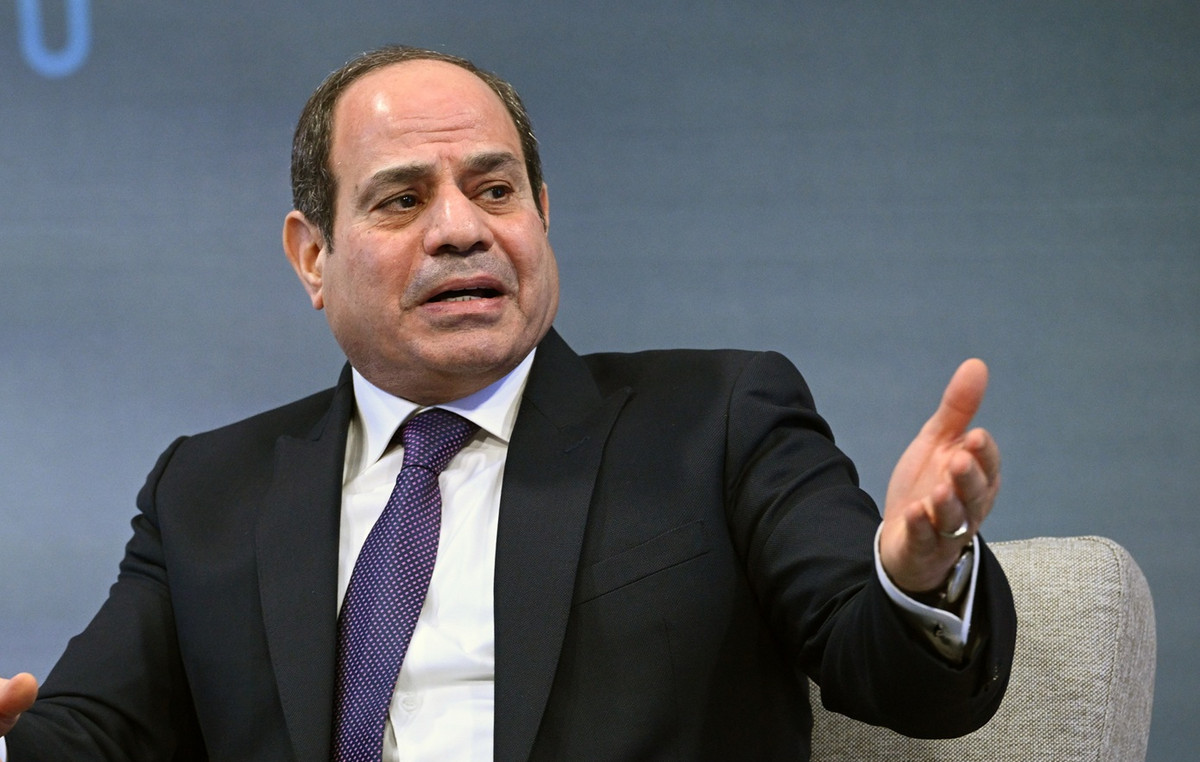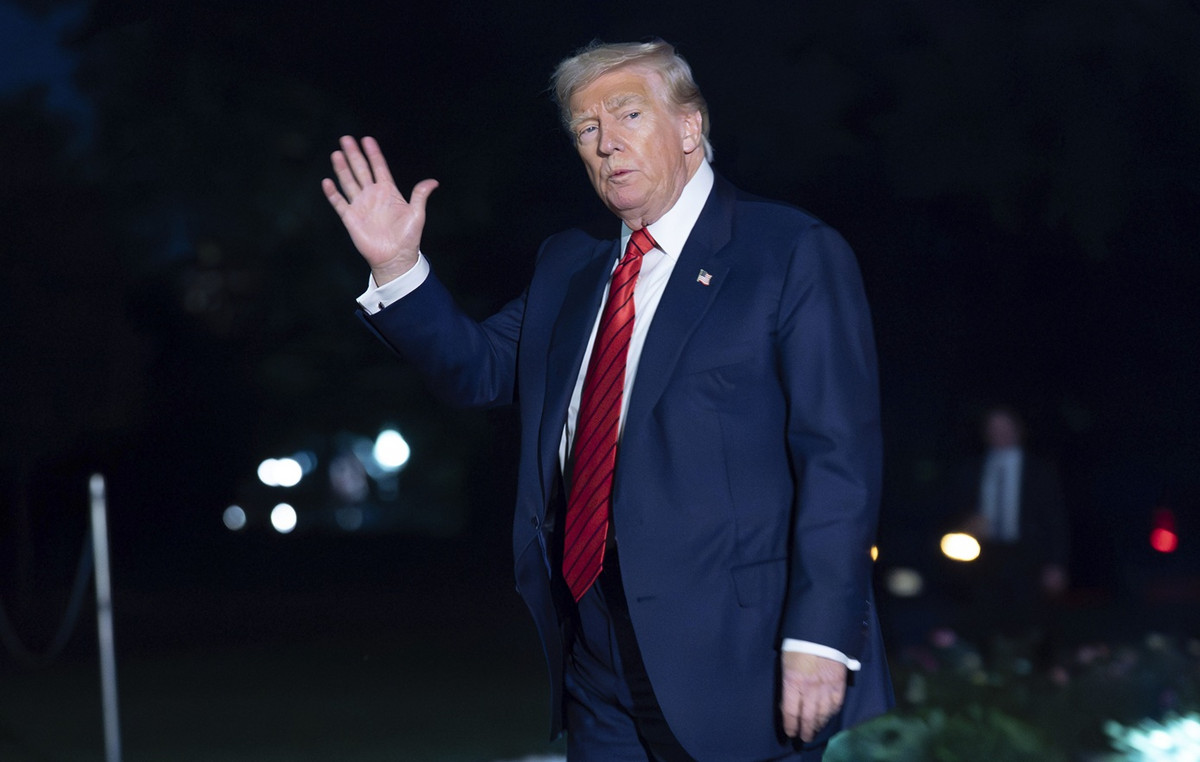- USD/CNH moves shortly before commercial conversations between the US and China enter their second day.
- The discussions between the US and China are scheduled to resume on Tuesday, after five hours of negotiations in Stockholm were held on Monday.
- Operators expect the FED to maintain the reference interest rate without changes in July.
USD/CNH drops slightly after registering profits in the three previous sessions, quoting around 7,1790 during the Asian hours on Tuesday. The Chinese offshore yuan (CNH) remains firm against the US dollar (USD) before negotiations between the United States (USA) and China enter their second day.
On Monday, the US Treasury Secretary, Scott Besent, met with the Vice Primer Minister of China, He Lifeng, in Rosenbad government offices in Sweden. The meeting aims to extend a fragile commercial truce for three months before the deadline of August 12.
The 10 -year Chinese government bond yield decreases slightly to about 1.73% on Tuesday, while operators cautiously monitor the ongoing commercial conversations between the US and China. A positive result could pave the way for a meeting between US president, Donald Trump, and Chinese president, Xi Jinping, later this year, which could relieve tensions in critical sectors such as semiconductors and rare earths.
The USD/CNH pair gains ground as the US dollar (USD) receives support from commercial optimism, promoted by the commercial agreement between the United States (USA) and the European Union (EU) ended on Sunday, which establishes 15% tariffs on most European goods, which will enter into force on August 1.
The operators keep their view on the decision on the interest rate of the US Federal Reserve (Fed) that will be announced on Wednesday. It is widely expected that the US Central Bank maintain the stable reference interest rate between 4.25% and 4.50% on Wednesday. The FOMC press conference will be observed in search of signs that rates cuts could begin in September.
Market participants are also waiting for key economic data this week, including the inflation report of personal consumption spending (PCE) of the second quarter and the non -agricultural payrolls of July, for more information about the health of the US economy.
Commercial War between the US and China – Frequently Questions
In general terms, “Trade War” is a commercial war, an economic conflict between two or more countries due to the extreme protectionism of one of the parties. It implies the creation of commercial barriers, such as tariffs, which are in counterbarreras, increasing import costs and, therefore, the cost of life.
An economic conflict between the United States (USA) and China began in early 2018, when President Donald Trump established commercial barriers against China, claiming unfair commercial practices and theft of intellectual property by the Asian giant. China took retaliation measures, imposing tariffs on multiple American products, such as cars and soybeans. The tensions climbed until the two countries signed the Phase one trade agreement between the US and China in January 2020. The agreement required structural reforms and other changes in China’s economic and commercial regime and intended to restore stability and confidence between the two nations. Coronavirus pandemia diverted the attention of the conflict. However, it is worth mentioning that President Joe Biden, who took office after Trump, kept the tariffs and even added some additional encumbrances.
Donald Trump’s return to the White House as the 47th US president has unleashed a new wave of tensions between the two countries. During the 2024 election campaign, Trump promised to impose 60% tariff particularly in investment, and directly feeding the inflation of the consumer price index.
Source: Fx Street
I am Joshua Winder, a senior-level journalist and editor at World Stock Market. I specialize in covering news related to the stock market and economic trends. With more than 8 years of experience in this field, I have become an expert in financial reporting.







